In a country full of wonder, obscurity and general mystery. There comes a time when an individual finds himself again questioning his own motives. Whether it can be a positive or negative aspect really depends on what you want from others. Since there is always a consequence for every action performed. With the mystery of occultism and sorcery in Scandinavia. We find ourselves motivated to learn more about this interesting but dark matter. Through a variety of accounts, worries and mythical elements. There will be a higher understanding of the total magnetism these devices bring on to the lives of others. Together with the total influence as awe and fear that they present in Nordic culture.
In a country full of wonder, obscurity and general mystery. There comes a time when an individual finds himself again questioning his own motives. Whether it can be a positive or negative aspect really depends on what you want from others. Since there is always a consequence for every action performed. With the mystery of occultism and sorcery in Scandinavia. We find ourselves motivated to learn more about this interesting but dark matter. Through a variety of accounts, worries and mythical elements. There will be a higher understanding of the total magnetism these devices bring on to the lives of others. Together with the total influence as awe and fear that they present in Nordic culture.
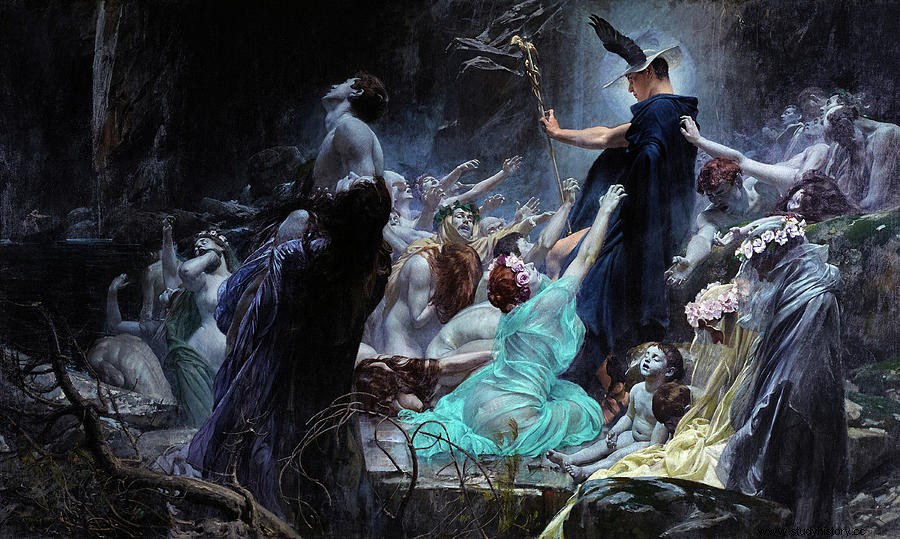
Background to Nordic occultism
For centuries, Witchcraft has never managed to capture the attention and imagination of audiences around the world. With individuals experiencing supernatural phenomena such as being miraculously healed of disease and eerily predicting spot-on future events. These practitioners were notorious for their expertise in the obscure and inexplicable arts. In Northern Europe, dark craftsmanship and faith have always been associated with being both taboo, but still sacred in Nordic culture. Because of bearing the stigma of being faithful to the devil. Nevertheless, I have the opportunity to contribute to Scandinavian society and be respected in the village. Surprisingly, the Scandinavian region was under fewer crowds than its other neighbors throughout Europe. Which brought a greater benefit to the individuals who lived there. In essence, Nordic occultism became more recognized and accepted in its early society.
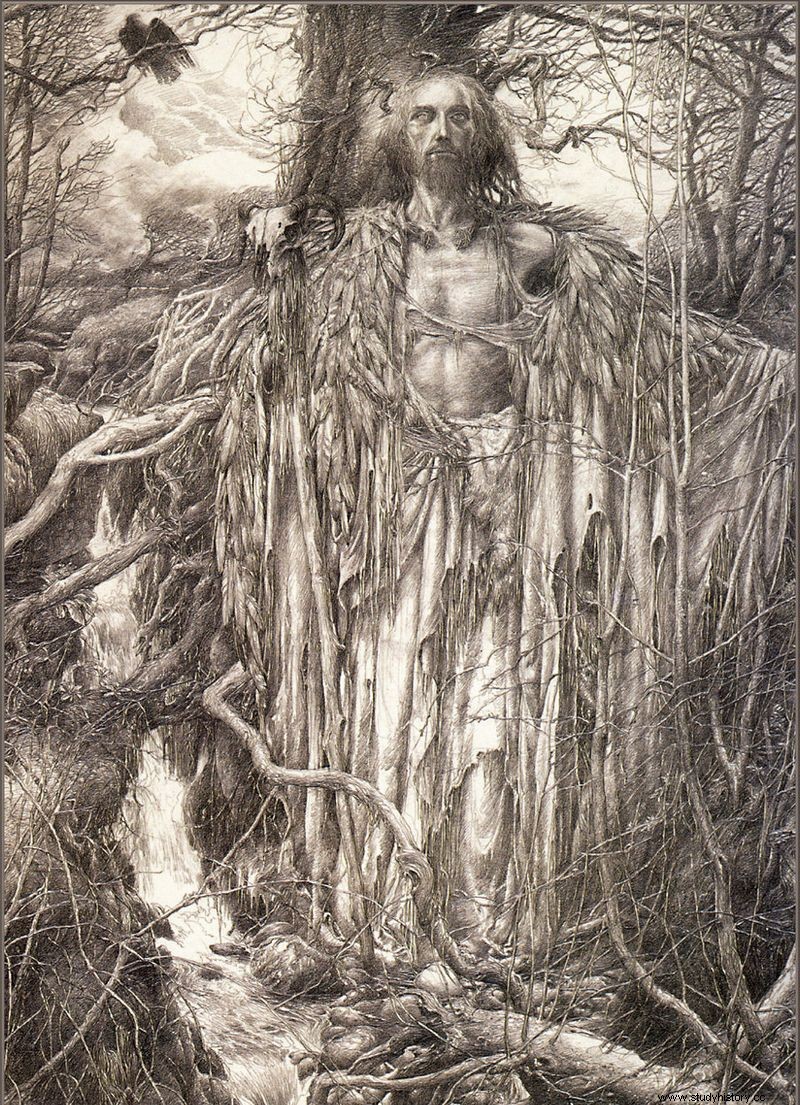
Sorcery in the land
In the late Scandinavian Iron Age, "Seiðr" became common practice throughout the region. Seiðr was a type of magic that focused on the skills to manipulate and predict the future. In addition, the craft has been believed to have links to ancient Norse traditions. Because of practitioners who worship idols and worship while performing rituals. In addition, the people who performed these ceremonies were also impartial in makeup. This means that both men and women could perform these tasks. All in all, magic like Seiðr was valued in Scandinavia. As a result of proving helpful in helping many people in their problems.
Men's role in Scandinavian Witchcraft
Then, as mentioned earlier, with gender playing a role in witchcraft in Nordic culture. Men in Scandinavian society were also performers, despite the fact that art mainly consists of a feminine congregation. What is interesting is that their male colleagues often found themselves more targeted at stigma. Due to the fact that witchcraft mainly became more evident in women throughout the country. Where men, on the other hand, were stigmatized for performing tasks that included physical and other accomplishments unrelated to witchcraft. For example, in Viking times, one of the worst insults a man could have was called a Völva. Which was another word for witches, since that type of conjurers were exclusively flashy with their feminine appearance. In short, men in Scandinavian society who practiced witchcraft bore the heavier burden of the occult.
Vault in Nordic occultism
Furthermore, the feminine collections of Witchcraft in Scandinavia flourished. A Völva was considered a magnificent figure in Nordic culture due to her great skill and wisdom. As a leading figure in the village, Völva was usually also known for his sense of style. Since she always presented herself with accessories such as colorful coats, a hat and other clothing accessories made of animal fur. To add, she also had an admirable decorative staff or a magic wand at hand. Interestingly, her name Völva means "staff holder", which increases the significance of her role in Scandinavian occultism. Since she was a powerful idol in her community, Völva was frightened by those who met her. In summary, this type of witch played a key role in representing witchcraft and occultism in Nordic society.
Völva Dark Side of Enchantment
Usually, her magic was valued for helping others with accomplishments such as creating happiness, healing wounds, and controlling the weather. Along with predicting destinies as she speaks and connects with spirits in other realms. However, her darker side consisted of causing illness, causing accidents, and controlling individuals' willingness to commit near-death events. Which, of course, made the video an overnight sensation. On a balance sheet, Völva was a character who was both respected and coveted.
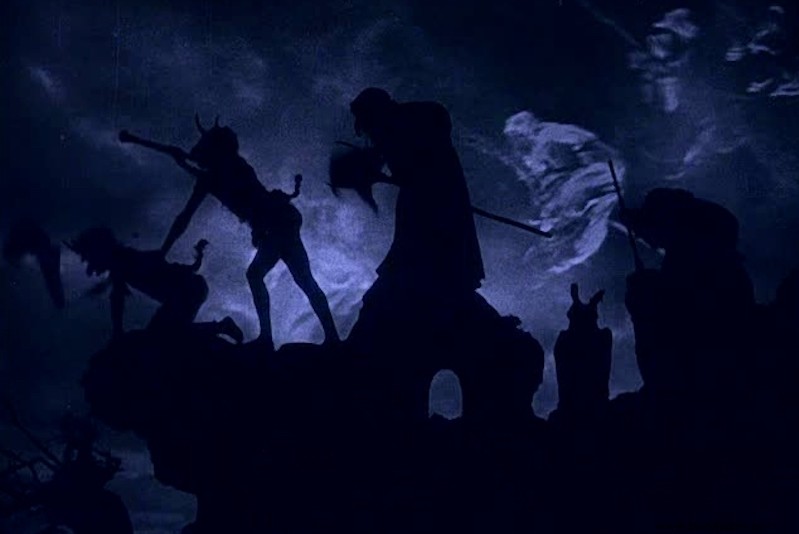
Accounting for witchcraft in Scandinavia
In addition to the witches' flourishing and the stigma that wizards encounter in Scandinavia, comes the inevitable persecution situation. It was believed that at least two thousand individuals who practiced witchcraft in Scandinavia were executed. As the beliefs and practices of occultism in the country became more embraced than other cultures. Nordic individuals who practiced the dark arts were spared major injuries. Due to a lack of acceptance of the ongoing stereotype that floated among the rest of Europe.
It was put on the practice of using harmful magic to destroy others. To illustrate, in today's Norway there are a small number of executions that took place in the territory. As a result, this means more tolerance present in Nordic culture in contrast to the rest of Europe. All in all, torture was curtailed in Scandinavia, but it was by no means completely curbed.
Witchcraft Craze follows in Nordic territories
Denmark was one of the most important countries in the Nordic areas that was fronted with executions and mania. For example, a small nation fell victim when it lost at least a thousand individuals. Although it sounds like a small amount, it was actually a big blow. Due to Denmark's population consisting of only half a million people at the time. To add, the witch hunts also began much earlier than the other Nordic brother countries throughout Scandinavia. On the other hand, Norway faced a total of three hundred and fifty executions for witchcraft. Followed by Sweden with less than five hundred individuals killed to practice occultism. Even with these numbers at hand, most of the evidence went back to pure superstition. To stupid examples like occultists who conjure a storm and destroy ships. Taken together, these factors were ridiculous since the real practice persisted.
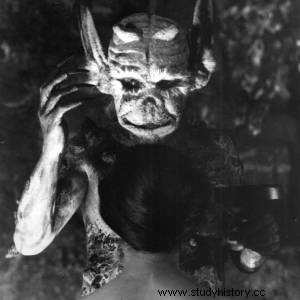
Häxan in Scandinavia and the core of occultism
Furthermore, the heart comes to occultism that exists in Scandinavia. As can be seen from the picture above, a witch can be seen in league with her master. This highlights the whole purpose of what occultism serves as. Because of the ancient belief that everything supernatural comes from Satan. In 1922, Sweden opened a new light and a whole new chapter on what the term really means. As a result, in a film titled Häxan, there is a greater focus on witchcraft and the true mystery of witchcraft.
To add, there are a number of themes and examples explored in the film related to the practice of occultism. Like in a scene when a meeting takes place between witches. Followed by sacrificing an infant as a tribute to their master in exchange for retaining power. In summary, the film puts a strong spotlight on the way occultism and sorcery are.
Then the film continues to be a visual masterpiece that will ever be made, even for the age. I think this movie is worth noting because it does not just focus on witchcraft. But it is also based on research from Scandinavia that concludes. That all these heinous acts of execution were mainly based on a simple misunderstanding of mental illness. The film does not deny the existence of actual witchcraft, but it leaves a strong note with a message. It continues to have a mind with a big inquiry. Overall, Häxan offers a rich source of sorcery and occultism in Scandinavia and around the world.
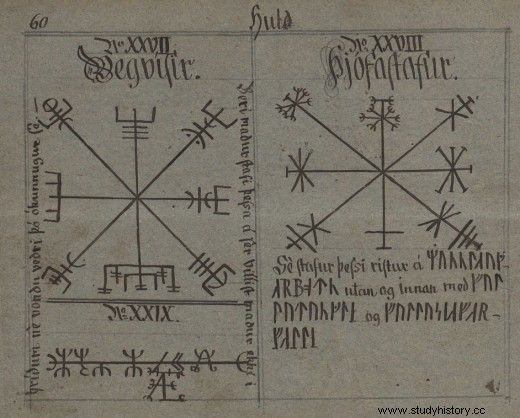
Runes - a tool for sorcery
Along with the research on the existence of sorcery in Scandinavia, comes the theme Runes. In ancient Nordic culture, runes were used as a series of the alphabet and total communication. For example, the Bluetooth logo many people recognize today can be credited back to Nordic runes. Since the original meaning of the logo was meant to unite people. Which in turn does it in our modern times. To add, the ancient Norse runes were also used verbally, meaning they could be used to cast spells.
The most important way one can achieve this feat is to sing through a process called "Magic". The process of Galdr remains highly respected as it was recognized for being extremely effective and powerful. Runes are mainly of great importance in Nordic culture in relation to witchcraft in Scandinavia.
Although runes are not fully understood as before, due to time. It is a key phrase that continues to motivate others. Being "Runes are living entities, and each rune has its own consciousness, power and personality" (Raven Mirkwood). With these thoughts at hand, the potential for these tools seems endless. Another thing to consider was that Runes was believed to be a fragment of the wizard's being. This means that there can sometimes be physical elements such as blood or saliva on them. Part of that reason makes them remarkable because they can be used and found almost anywhere. In addition, they are also flexible since runes can be found on stone, wood, clay and bone. In total, occultism in Scandinavia remains full of depth.
Colors and symbols in runes in Scandinavia
Another factor in the creation of runes was the color used on them. For example, the symbol of the Norse god Thor Mjolnir can be found surrounded by red runes. Red symbolizes energy, action and general ambition to become active. Colors play an important role in these tools because they symbolize emotions and results depend on the witch's motives. Along with the colors and runes comes the role they play in occultism. According to a professor named Sigurd Agrell, he has been led to believe that the Runes consist of a secret religious society. The only other witch and few selected souls with knowledge of these mysterious objects. You can fully understand its true purpose. To sum up, the true intention of these tools continues to remain a mystery to many, yet motivating.
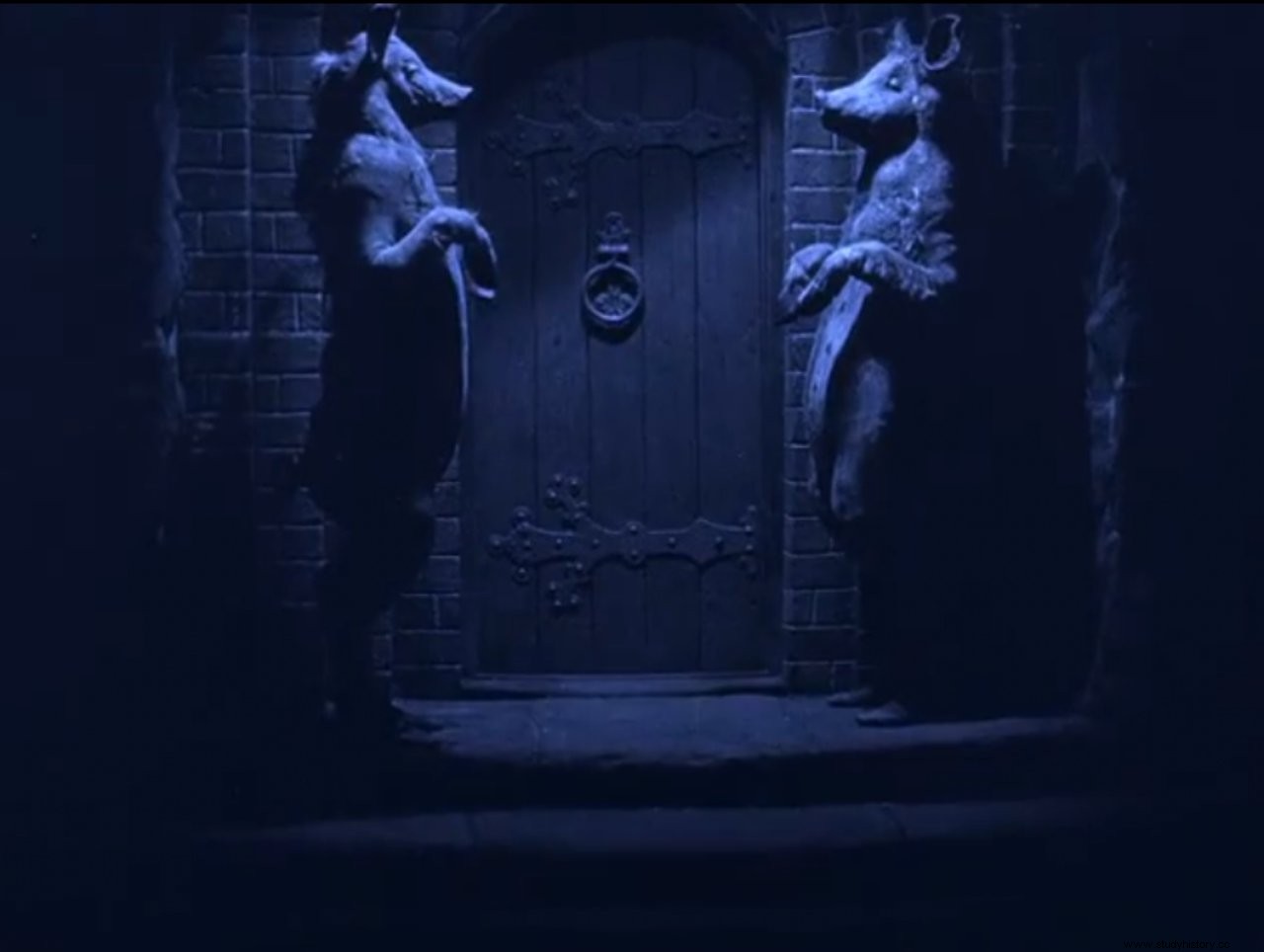
Final overview
With time constantly moving beyond our control and total grip. We find ourselves again in admiration to find out what else is waiting for us. The fact that we are not able to know the future also contributes to the appeal of occultism. Since that world will always be available to those who seek it. In fact, sorcery in Scandinavia will remain an eternal theme to reflect on.

The importance of occultism and sorcery in Scandinavia
As seen through this article, we have learned about the many aspects that have influenced Witchcraft in Scandinavia. From old superstitions to gender stigmas, idols, research, runes and much more, we are enlightened with awareness. To witchcraft and occultism in Scandinavia. There can be a lot to discover and see. However, there comes the motive for searching for answers in ways that have long been lost. Followed by hopes of expanding them as well. After all, we are their legacy, no matter what part of the globe we come from. Because of the sorcery found in almost every corner of society on earth. Just like the grains of sand on a beach. One motif at a time is just enough to gain a greater understanding of the total understanding of an unseen world. It is full of many unexplained issues and components. Overall, the beauty of the whole thing is absolutely highlighting.
Work Cited
Boucher, Claire (Grimes) Dream Fortress. 2010
Einaudi, Ludovico Liv. 2015
Trentemøller, Anders Häxan. 2010
Gardner, GB Witchcraft Today. 2004.
Gaskill, M. Witchcraft:A Very Brief Introduction. 2010. Burns, WE Witch
Hunts in Europe and America:An Encyclopedia. 2003.
Gaskill, M. Witchcraft:A Very Brief Introduction. 2010.
Pavlac, BA Witch Hunt in the Western World:Persecution and Punishment
from the Inquisition through the Salem experiments. 2009.
The secrets of the runes - and how they can reap their true power Ráven Myrkwoód | Witch From The North (ravenmyrkwood.com)
Sorcery in Scandinavia-Occult World (occult-world.com)
The little-known story of Nordic witch trials from the 16th to the 18th century | Smart news | Smithsonian Magazine
